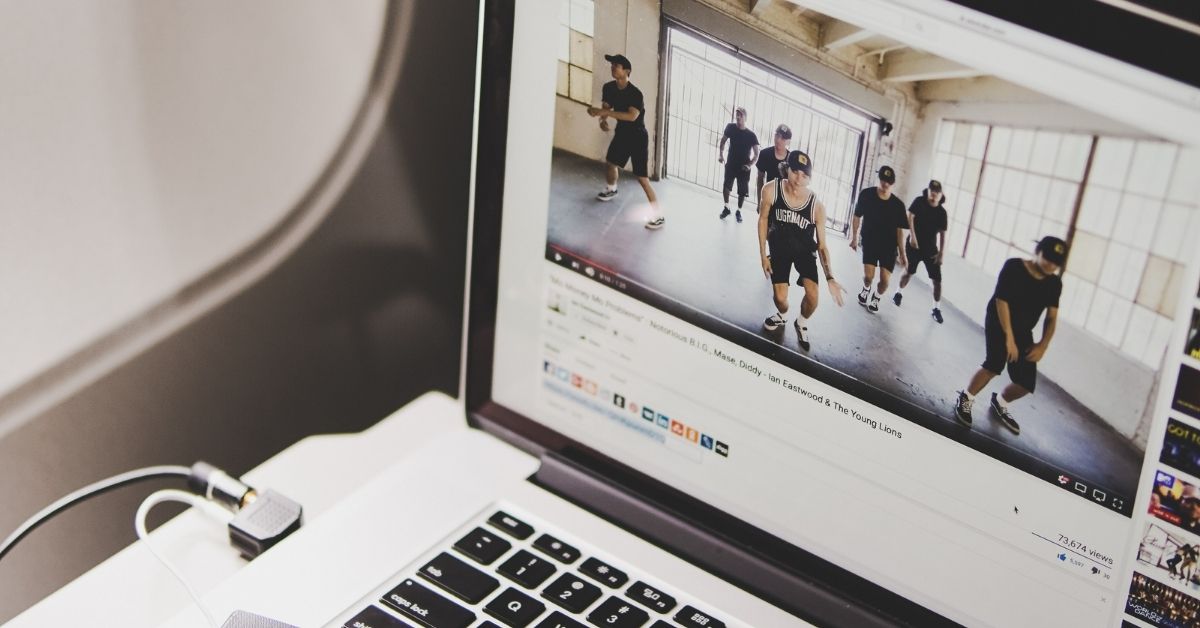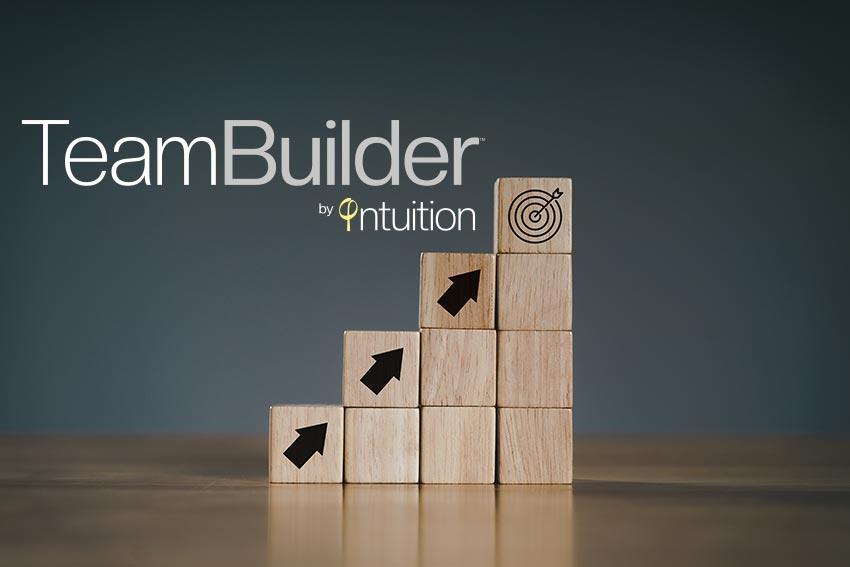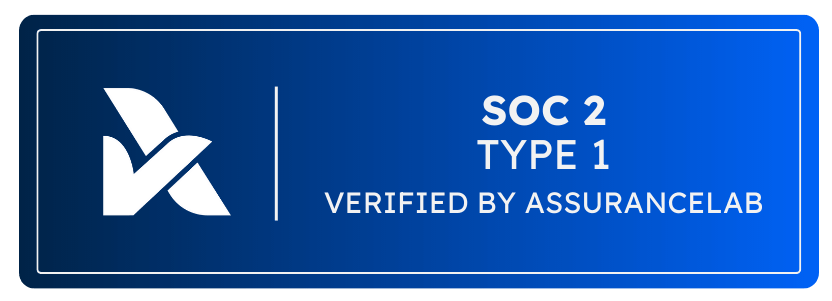Virtual events today are a dime a dozen. Ever since the widespread lockdowns took place because of COVID-19 a few months back, it didn’t take long for organizations to transition their in-office meetings and get-togethers to coordinating virtual events.
Today, we see many businesses experiment outside of the typical virtual meeting; they’re hosting online book clubs, cooking classes, and fundraising galas. While these events keep everyone connected, some significant challenges come with coordinating everything online. Even just choosing which kind of virtual event to organize can be daunting.
Nonetheless, with the right process, tools, and plan, you can incorporate various virtual events to keep your employees engaged, connected, and motivated.
Watch Intuition’s webinar on “5 Team Building Activities Your Employees Will Love”
What Do Virtual Events Look Like Today?
Virtual events are any online experience–from concerts and group meetings to happy hours and trade shows. These activities are booming – virtual events are up 1000%, and 70% of respondents in this study had moved at least some of their face-to-face events to virtual ones since the pandemic began.
The most common types of virtual events now are:
- Webinars / Q&As
- Internal events like training sessions, sales lunches, onboarding, or all-hands meetings
- External events like concerts, yoga classes, happy hours
- Conferences like industry or trade shows
Benefits of Company Culture with Virtual Events
For organizations, virtual events are a great opportunity for learning and development. If used effectively, you can raise awareness about internal culture issues and get people more invested in essential matters for your business, like Diversity and Inclusion or gender equity issues.
Coordinating multiple kinds of virtual events also bolsters camaraderie and creates a shared sense of community among distributed teams. Finding new things to experience together encourages team bonding, social interaction, keeping employees connected and engaged in their work, and helping reduce burnout.
Main Challenges of Coordinating Virtual Events
No matter if you’re a novice coordinator or a seasoned planner, there are critical challenges to coordinating virtual events today:
Time
It usually doesn’t take long to realize that running virtual events takes significant time, effort, and energy. On average, it takes 8-12 weeks to execute a virtual event.
Low attendance and participation (even when something is mandatory)
Organizations hosting virtual events typically find 45 percent of registrants attend–less than half of their employee base.
“Zoom meeting fatigue” cycle
We’re spending more time in front of our screens and increasing usage across popular collaboration tools. To give you an idea of simply how much more: Zoom usage is up +451%, Microsoft Teams is up +894%, and Skype is up +179%!
The increase in screen time is also making people sick and tired. Research from SHRM shows 41% – 45% of employees report feeling burned out and tired during their work from home due to this global pandemic. And to relieve employees’ stress and build camaraderie, many organizations are leaning on those virtual happy hours, team games, and personal mental health check-ins, and in the process are adding to the stress “because the initiatives themselves feel more intrusive than supportive.”
Poor production and planning
Today where iPhone cameras are outperforming expensive DSLRs, people have come to expect a certain level of production quality. Whether it’s a fitness event or an all-hands meeting, having an improper setup, faulty equipment or lighting means people won’t tune into a virtual event because it isn’t visually appealing. Moreover, when your event isn’t well structured, unclear, or doesn’t cater to people in multiple time zones, it leaves people confused and less inclined to participate next time.
Virtual events will become an integral part of doing business today and in the future.
With that, Intuition has ten time-tested tips for coordinating better virtual events:
- Take time to plan your goals and objectives. Whether it’s boosting bonding through team-building activities or to communicate organizational changes, try not to have too many goals for the event. Pick one goal and structure your event around it.
- Select your platform. Is this event ideal for an interactive Zoom chat and where you can see each other or is this a learning experience where the focus needs to be on the presenter?
- Research what’s out there. See what other organizations are doing, poll your employees, turn to social media and dig around for interesting content that you can use to build your event around.
- Build your program. Here’s where you put pen to paper and outline the event from start to finish. Map the experience back to your organization’s values and mission to ensure authenticity.
- Coordinate guest speakers and schedules. People’s schedules fill up faster than ever. Get the event on the calendars early. Make sure your employees are pumped weeks in advance.
- Do a dry run and technology test. Don’t wait until the day-of to see if your platform, logins, mics, presentations perform as expected. Ensure you get any guest speakers involved in the testing process.
- Pre-promote. Schedule regular internal updates, correspondences, social media posts–any channel relevant to your business, and get people onboard!
- Post-promote. How are you going to repurpose the content? Will there be downloadable material your employees can reference? If the event had to do with driving a new organizational initiative, how will you help build awareness around it post-event?
- Measure and adjust for next time. What worked? What didn’t? Where and how will you improve for future events?
- Repeat!
Trend Spotting
Ideating, planning, running, and reporting can be frustrating when you’re juggling multiple events at once or tackling in-between your regular work. Our customers find it easier to join in one of Intuition’s virtual experiences. It’s easier to coordinate a virtual event with Intuition’s all-in-one workforce engagement platform.
Intuition lets your teams bond, chat and connect. With a dedicated space for socializing, you can spark the relationships that boost team cohesion and build a strong culture. Your employees won’t just thank you for it, they’ll enjoy improved productivity and reduced burnout. Best of all, Intuition gives every employee the same experience, no matter where they’re based, so you can build team cohesion across multiple locations, time zones and work styles.
Need help planning and running your next virtual event?
Watch our 30-minute webinar with Intuition’s co-founder and Chief Brand Officer, Sammy Courtright. She will walk you through the top five tried and tested virtual experiences that engage and connect teams.









